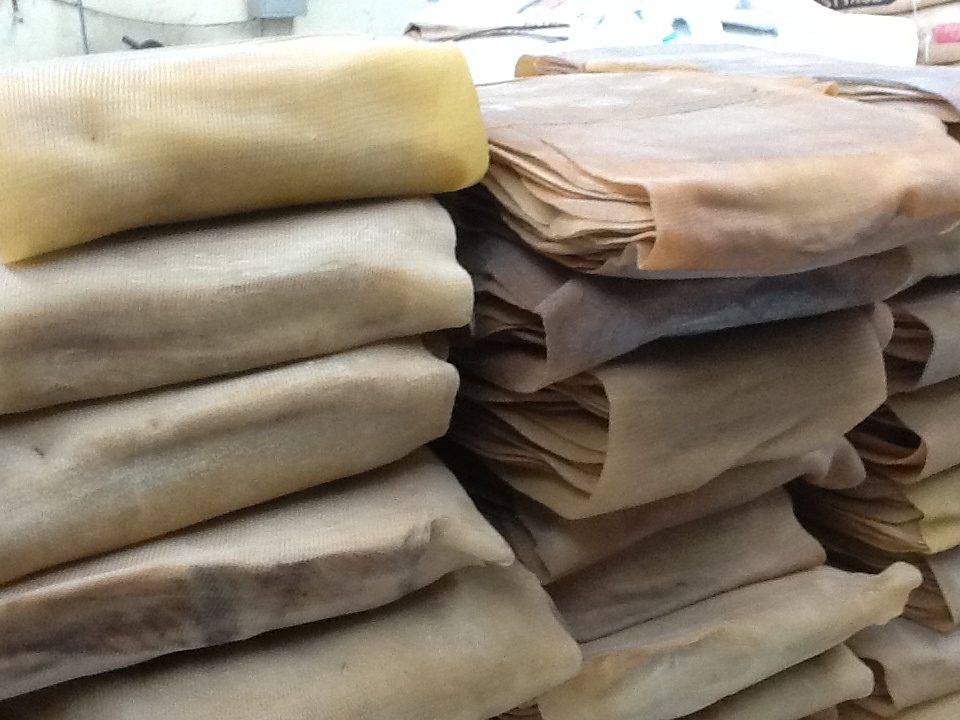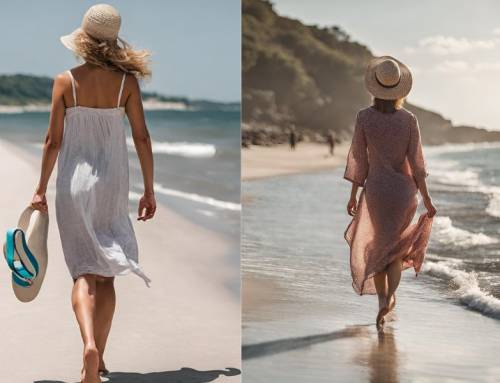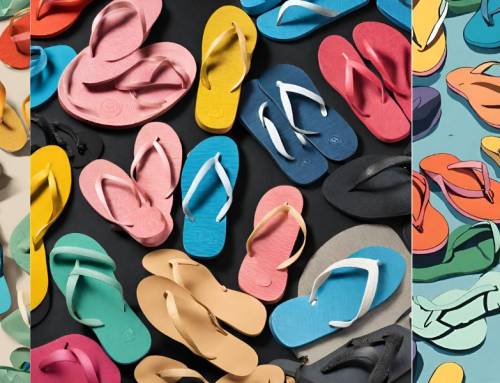EVA and Natural Rubber:
When it comes to buying slippers, the amount of specialized terminology you’ll come across can be overwhelming. It can be difficult to tell what is crucial because there are so many words, many of which are techniques that are not easily understandable by many people.
The terminology gets very complex when naming foams and rubber products, which is where slippers vary the most. EVA and natural rubber mixed slippers are two terms that come to mind to every buyer who is trying to buy slippers.
So, what is the difference between EVA and natural rubber slippers? And how do these two materials and slippers relate to each other? Should people use this material for their slippers?
Here are the fundamentals of EVA and natural rubber, as well as their use in slipper manufacturing, to answer some questions and even bring back some memories of chemistry class.
What Is EVA?
Ethylene Vinyl Acetate (EVA) is a copolymer, which means it is made up of two plastics linked together in a polymer chain. Vinyl acetate and ethylene are the two plastics in this situation. PEVA (poly-ethylene-vinyl acetate) is another name for EVA.
EVA can be used to create materials with rubber-like toughness and softness. EVA may also be shiny or translucent, and it’s resistant to stress cracking, UV radiation, and damage caused by extremely hot or cold temperatures. EVA has a wide range of applications outside of the slippers industry.
What Is Natural Rubber?
Natural rubber is pliable, soft, and supple, making it ideal for rubber slippers. Its biggest flaw is that it isn’t wear-resistant, which means it doesn’t last too long. Indoor slippers also have natural rubber. Natural rubber is derived from rubber trees and is used to make rubber outsoles. To make the material in your shoe, workers make small cuts on the side of the trees and extract liquid from it. This process is inexpensive and is environmentally friendly and toxins free which means you don’t have to worry about any allergies or skin reactions. Slippers made from natural rubber are bio-degradable and can be recycled to make new products. Synthetic rubber on the other hand has some impact on the environment as it releases harmful gas.
Why Manufacturers prefer EVA and Natural rubber Made Slippers?
People consider the style, price, and, to some degree, the materials when purchasing slippers. It’s arguable that not every shopper is astute enough to consider how the material of slippers affects its comfort and efficiency.
Many slipper manufacturers, especially Asian footwear manufacturers, prefer an EVA and natural rubber for producing footwear. This is due to the material’s numerous benefits, including support, stability, comfort, and insulation. Contrary to common opinion, EVA and natural rubber is not only used for the midsoles of slippers some manufacturers still use the material for the insole and outsole.
If you want long-lasting athletic boots, look for one that uses a molding process to configure the EVA and natural rubber. After all, the biggest drawback of this material is that it does not last for long, causing the slippers to become flat over time. Fortunately, slipper manufacturers have discovered a way to shape EVA and natural rubber soles to make them last longer. This is a worthwhile investment for the right pair of slippers that will help you achieve optimum results.








